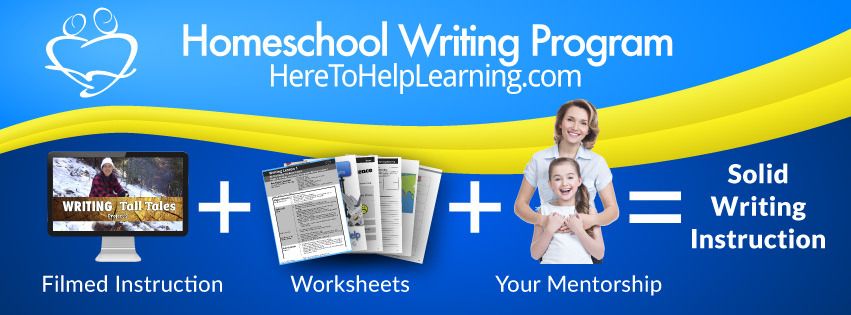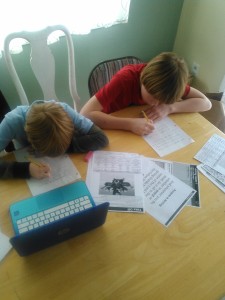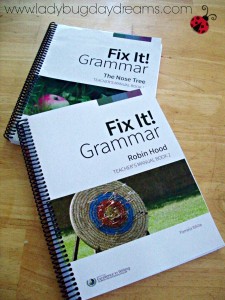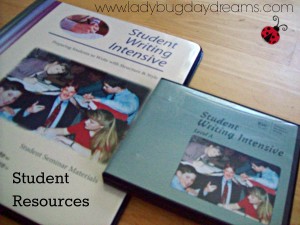The Pursuit of Drawing (ARTistic Pursuits Review)
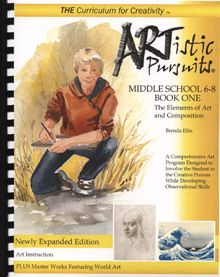 I’ve heard good things about ARTistic Pursuits Inc. over the years, but I’ve never taken the opportunity to review for them – until now. In the past, the supply lists have been a big turnoff for me, but as my children are getting older and their interests are developing, we actually have some of the supplies on hand for a curriculum like this now. When the list of options for this year’s Schoolhouse Review Crew run came out, I was pleased to see that one of the options was Middle School Book One. Since I have a middle schooler who is an art enthusiast, I looked into this curriculum. I was ecstatic to learn that the supply list for this book included all things that Seahawk had received for Christmas – primarily, high quality drawing pencils in a variety of lead hardness, erasers, waterproof ink, a nib pen (holder and nibs), and paper. So, for the first time in three years, I requested to be on this review.
I’ve heard good things about ARTistic Pursuits Inc. over the years, but I’ve never taken the opportunity to review for them – until now. In the past, the supply lists have been a big turnoff for me, but as my children are getting older and their interests are developing, we actually have some of the supplies on hand for a curriculum like this now. When the list of options for this year’s Schoolhouse Review Crew run came out, I was pleased to see that one of the options was Middle School Book One. Since I have a middle schooler who is an art enthusiast, I looked into this curriculum. I was ecstatic to learn that the supply list for this book included all things that Seahawk had received for Christmas – primarily, high quality drawing pencils in a variety of lead hardness, erasers, waterproof ink, a nib pen (holder and nibs), and paper. So, for the first time in three years, I requested to be on this review.
ARTistic Pursuits is a company passionate about creating artists, especially in the homeschool setting. They have a variety of textbooks ranging from preschool to graduation, which are specially designed to help children learn to harness the powers of observation while they explore art history, art appreciation, and art technique.
Middle School Book One is a soft cover, comb-bound text book of nearly 100 pages. The first few pages are notes for the parent, and starting on page 6, the lessons begin. There are sixteen units which cover a wide variety of teaching the student to draw better. These units include things such as
- Using the space of your paper well
- How to best use your pencils to create interesting lines
- Creating interesting textures within your art
- How symmetry or asymmetry can be good
- Perspective
- Proportion
- And many more
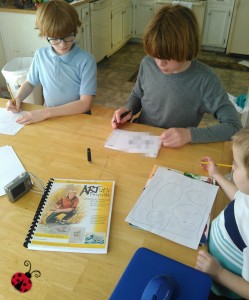 When we first received the book, I had big ideas of everyone working on it together. We even did the first lesson all together (even Small Fry, who’s just 3) the same day the book arrived. It became clear in the lessons that followed, however, that just because your kids like to draw, it doesn’t mean that they’re ready for formal lessons. This was the case with everyone but Seahawk. And that’s okay. He’s the only one technically in the age range for this curriculum, anyway. So after that first week, I let him do this subject on his own. Each lesson consists of a short passage to read followed by an art assignment. Since the review period lined up with the beginning of a beautiful spring here in the Pacific Northwest, he would often take his book, drawing pad, and pencil set outside to work. There was not one time when he brought me his work to look over that didn’t leave me impressed.
When we first received the book, I had big ideas of everyone working on it together. We even did the first lesson all together (even Small Fry, who’s just 3) the same day the book arrived. It became clear in the lessons that followed, however, that just because your kids like to draw, it doesn’t mean that they’re ready for formal lessons. This was the case with everyone but Seahawk. And that’s okay. He’s the only one technically in the age range for this curriculum, anyway. So after that first week, I let him do this subject on his own. Each lesson consists of a short passage to read followed by an art assignment. Since the review period lined up with the beginning of a beautiful spring here in the Pacific Northwest, he would often take his book, drawing pad, and pencil set outside to work. There was not one time when he brought me his work to look over that didn’t leave me impressed.
What did Seahawk think of ARTistic Pursuits? In his own words:
I found this to be the “funnest” class, that’s for sure. Before I used this book, I thought I knew everything there was to know about drawing. I just couldn’t master it. The book taught me different ways of using pencil lines to emphasize things and different ways to use combinations of shapes to make things look right. The book was challenging, but in a good way.
My thoughts as a mom? This is a high quality book full of great tips for learning to become master of your supplies. I like how there are stories and lessons from a variety of world areas, which are used to teach different drawing techniques. I like how it teaches independence as well as art. Once the student knows the basics of how the lessons are set up, it’s easy for them to work on their own (especially good for non-artistic parents, or those whose art skill set lies elsewhere, like me). And I really like how they state right on the book that’s it’s designed to be non-consumable. This means that a single purchase (this book is $47.95) will cover all of your children, even if they’re all different ages. You can use it over and over again. Talk about value!
What’s not to like about ARTistic Pursuits? I can’t think of a single thing! I’ve read dozens of positive reviews for this company over the years, and now I know why. The materials are top notch.
Blessings,
As with all Schoolhouse Crew Reviews, there are loads of other reviewers talking about ARTistic Pursuits this week. You can visit the Crew blog to find what they all thought about the variety of books ARTistic Pursuits offered for review this time (which include books for all grade levels, preschool through high school, and a pair of sculpture books).





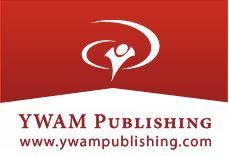 Youth with a Mission was founded in 1960 and has three major goals, all wrapped up in the base idea of sharing Jesus with the world. First, evangelism. Sharing Christ is the main thing we as Christians are commanded by God to do, and this is the first stated goal of YWAM. They have over 17,000 volunteers and staff all over the world proclaiming the good news of the Gospel to people in multiple countries. They pass out Bibles, and they follow up with their converts, making sure they (the converts) are able to find fellowship with other believers. Where none exists, they help the new Christians develop one. Second, training. The theory of multiplication rather than addition is a real thing, and YWAM understands that new Christians need to be trained in order to then reach even more people with the Gospel. Finally, Mercy Ministry. This is the arm of the company that takes emergency and physical aid to places where it’s needed most.
Youth with a Mission was founded in 1960 and has three major goals, all wrapped up in the base idea of sharing Jesus with the world. First, evangelism. Sharing Christ is the main thing we as Christians are commanded by God to do, and this is the first stated goal of YWAM. They have over 17,000 volunteers and staff all over the world proclaiming the good news of the Gospel to people in multiple countries. They pass out Bibles, and they follow up with their converts, making sure they (the converts) are able to find fellowship with other believers. Where none exists, they help the new Christians develop one. Second, training. The theory of multiplication rather than addition is a real thing, and YWAM understands that new Christians need to be trained in order to then reach even more people with the Gospel. Finally, Mercy Ministry. This is the arm of the company that takes emergency and physical aid to places where it’s needed most.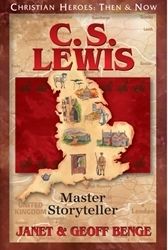 This biography, penned by Janet and Geoff Benge, tells the story of The Chronicles of Narnia and Mere Christianity author C.S. Lewis starting with an exchange with his nanny when he was six years old and going all the way through his death in 1963. We learn in the very first sentence that he preferred to be called Jack, and this is how he’s referred to throughout the entire book. The biography is told from the third person omniscient point of view, meaning that we don’t see things only from “Jack’s” perspective. Events are described from one looking at his life as an outsider rather than a participant. This gave the biography a very rich background upon which to weave the story of C.S. Lewis, who had a very fascinating life.
This biography, penned by Janet and Geoff Benge, tells the story of The Chronicles of Narnia and Mere Christianity author C.S. Lewis starting with an exchange with his nanny when he was six years old and going all the way through his death in 1963. We learn in the very first sentence that he preferred to be called Jack, and this is how he’s referred to throughout the entire book. The biography is told from the third person omniscient point of view, meaning that we don’t see things only from “Jack’s” perspective. Events are described from one looking at his life as an outsider rather than a participant. This gave the biography a very rich background upon which to weave the story of C.S. Lewis, who had a very fascinating life.
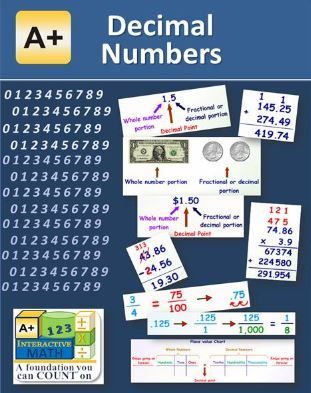
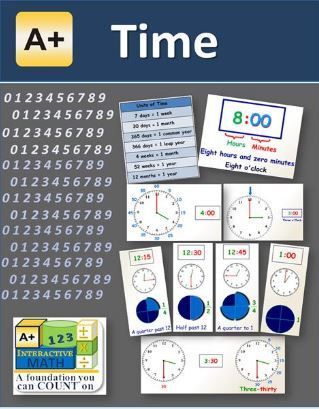
 I received these videos as downloadable files (currently on sale for $19.95; regular price $21.95), and printable worksheets were included. My laptop doesn’t have a whole lot of memory, and it’s not really conducive for us to use Will’s computer for school stuff, so I had to come up with a way that would work for us to use a downloadable product. Here’s what I ended up doing: First, I downloaded the videos and worksheets to Will’s computer. Then I uploaded them to my Dropbox account. (I did not share them with anyone but myself. This method was simply a workaround for a low-memory computer that couldn’t handle the downloaded videos.) This allowed us to stream the videos, which was perfect for us. The download files are quite large (two 30-minute videos, after all), so if you don’t have access to good (read: huge – preferably unlimited – bandwidth/upload/download speeds . . . I’m not entirely sure what the right terminology here is) internet, then the downloads probably aren’t the best choice for you. Never fear, though; Times Tales is also available in DVD format for $24.95. The downloads and DVDs are identical in content.
I received these videos as downloadable files (currently on sale for $19.95; regular price $21.95), and printable worksheets were included. My laptop doesn’t have a whole lot of memory, and it’s not really conducive for us to use Will’s computer for school stuff, so I had to come up with a way that would work for us to use a downloadable product. Here’s what I ended up doing: First, I downloaded the videos and worksheets to Will’s computer. Then I uploaded them to my Dropbox account. (I did not share them with anyone but myself. This method was simply a workaround for a low-memory computer that couldn’t handle the downloaded videos.) This allowed us to stream the videos, which was perfect for us. The download files are quite large (two 30-minute videos, after all), so if you don’t have access to good (read: huge – preferably unlimited – bandwidth/upload/download speeds . . . I’m not entirely sure what the right terminology here is) internet, then the downloads probably aren’t the best choice for you. Never fear, though; Times Tales is also available in DVD format for $24.95. The downloads and DVDs are identical in content.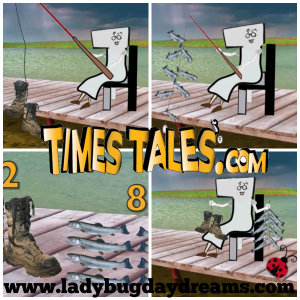
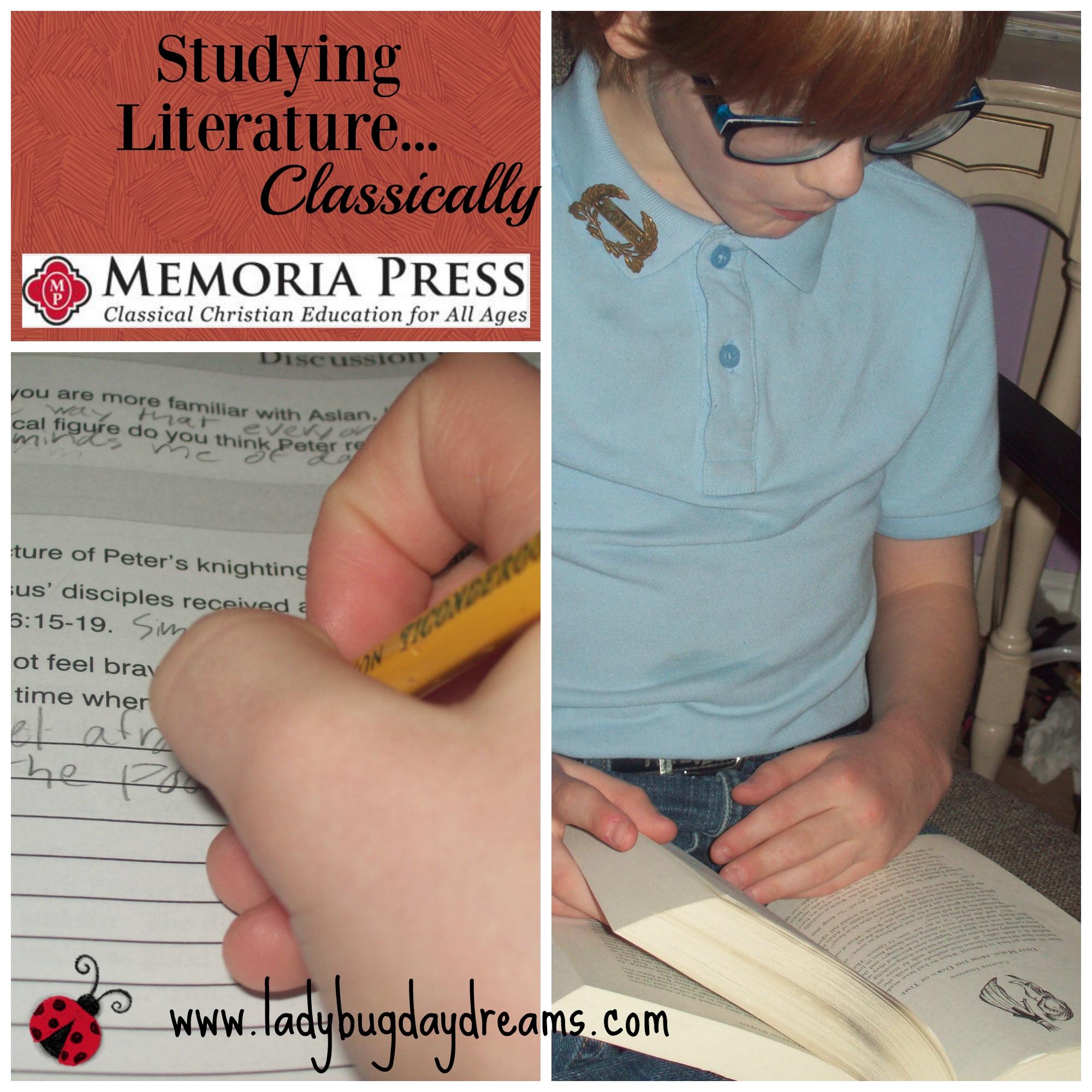

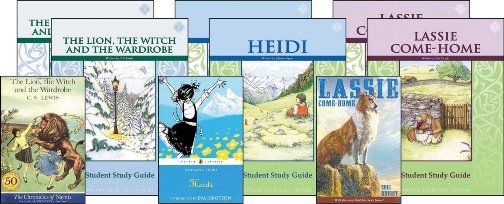

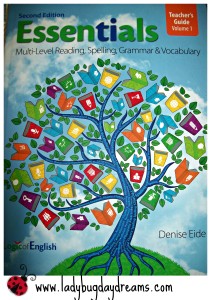
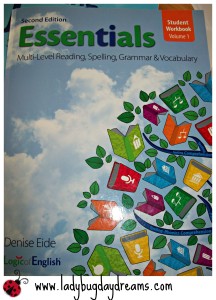
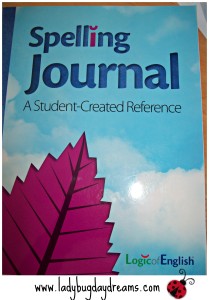
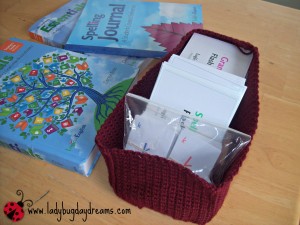
 Another history product we enjoyed in the past include
Another history product we enjoyed in the past include 
